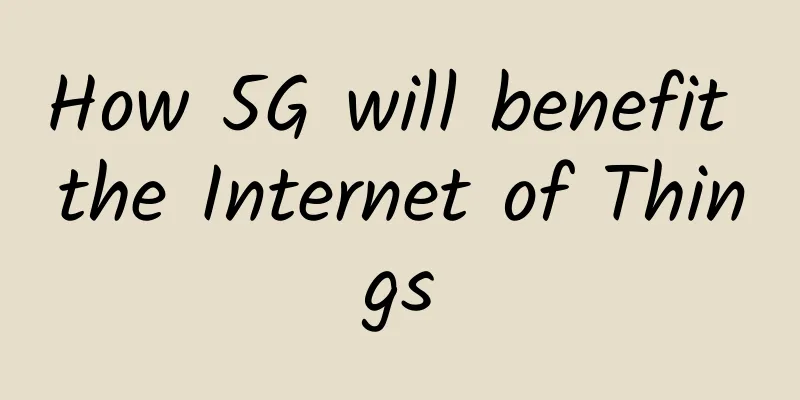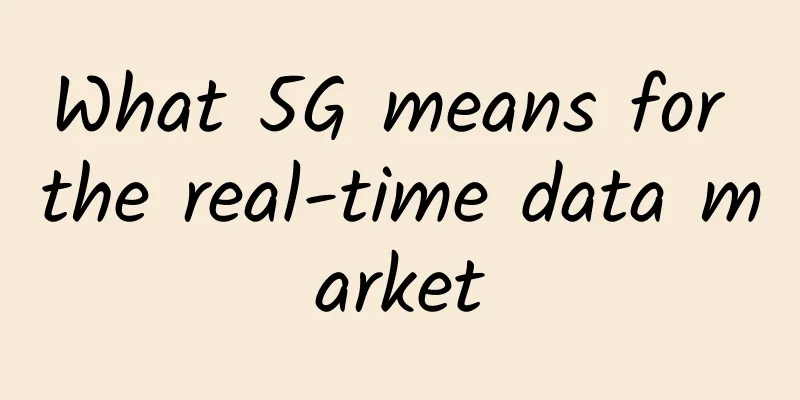How 5G will benefit the Internet of Things

|
In this article, we want to turn our attention to the latest innovation in the telecommunications industry: 5G technology. More specifically, we want to talk about how 5G will benefit the Internet of Things (IoT). So, let’s get started!
What is 5G?First, let's review the basics. 5G stands for the fifth generation of mobile networks, and it follows in the footsteps of previous iterations, appropriately named 1G, 2G, 3G, and 4G. But 5G promises to be far more powerful than its predecessors. Here's how Qualcomm summarizes it:
Then came 5G, which provides expanded capacity to enable next-generation user experiences, support new deployment models, and enable new services. While it was first launched in 2019, the estimated arrival time for widespread adoption is 2025. And expectations are high. Many expect 5G and the services and technologies it supports to change the way people live and work. That’s because it’s much faster than previous generations of mobile networks and can handle far more connected devices, opening up a world of possibilities for entrepreneurs and industry stalwarts. According to GSMA, 5G will be at least 10 times faster than 4G. And, according to some experts, it can be 100 times faster! 5G will also bring lower latency. This means it will have a greater ability to perform remote actions, connect devices, and implement virtual networks (also known as network slicing). As a result, 5G will be able to provide a more diverse and advanced connectivity experience to meet highly specialized IoT use cases, from transportation to telemedicine, precision agriculture, digital logistics, and more. Benefits of 5G for the Internet of Things (IoT)While there are already approximately 30 billion IoT devices connected worldwide, billions more are expected to be connected in the near term. In fact, a 2020 IDC report predicts that there will be approximately 75 billion connected devices by 2025. However, 5G’s superior speed and capacity will be critical to helping the IoT industry reach and exceed that goal. Current estimates suggest that 5G networks will offer speeds of 15 to 20 Gbps. The folks at IoT Solutions note that this will enable users and devices to access files, programs, and remote applications without waiting. Additionally, they note that 5G will enable devices to more efficiently utilize the cloud and rely less on internal storage and data accumulation. And because 5G has lower latency than its predecessors, applications that require fast response times are now available. This means new experiences and opportunities related to multiplayer mobile gaming, advanced factory robots and machinery, self-driving cars, and more. In addition, 5G will be able to accommodate more devices running on the same network. This will impact the entire range of IoT deployments, from smart devices running within homes, offices and other commercial facilities to devices that comprise advanced smart city solutions and services. |
<<: It is an inevitable trend to open up the 6GHz spectrum to 5G in the future
Recommend
[Black Friday] Friendhosting 45% off on all VDS hosts, 40% off on virtual hosts, 10% off on renewals for old users + free time
Friendhosting has launched this year's Black ...
Compared with IPv4, IPv6 is more than just an increase in address length
As we all know, the length of IPv6 IP address is ...
ServerCheap: $3/month KVM-1GB/20G NVMe/1TB/Dallas Data Center
ServerCheap was founded in 2012 and is a subsidia...
Li-Fi, which failed to beat WiFi, may be the savior of 5G
Regarding the technical solutions for future comm...
DogYun Double 11: 40% off on dynamic cloud hosts, 100 yuan/month discount on dedicated servers, 10 yuan free for 110 yuan recharge
DogYun (狗云) released this year's Double 11 pr...
7 key features of 5G mobile phones
1. Support high-power terminals Compared with bas...
To prevent 5G from the barrel effect, both Sub-6GHz and millimeter wave are indispensable
The wooden barrel effect is a well-known truth. 5...
Do you want to switch to a 5G package? Here is a comprehensive comparison of 5G packages
With the launch of iPhone 12, 5G finally filled t...
Broadband speed-up guide: It is difficult to experience a free 200M broadband speed-up
As early as the World Telecommunication Day event...
What do you think of the "5G is useless theory"? Communications industry netizens have something to say
Since the beginning of this year, 5G has become t...
Ten advantages of structured cabling system
As wireless networking becomes more of a necessit...
Foreign media: Global investment and deployment in 5G will accelerate in 2020
Foreign media reported that in 2020, global inves...
Wi-Fi 6 and cellular networks are powering a hyperconnected future
Wi-Fi 6 is maturing into a new role as a compleme...
The first in the industry! China Network Security and China Merchants Group signed a comprehensive network information security service contract
In order to actively respond to the national stra...
The first interpretation in China: the potential game-changer behind IIoT
If the Industrial Internet is to be implemented, ...









